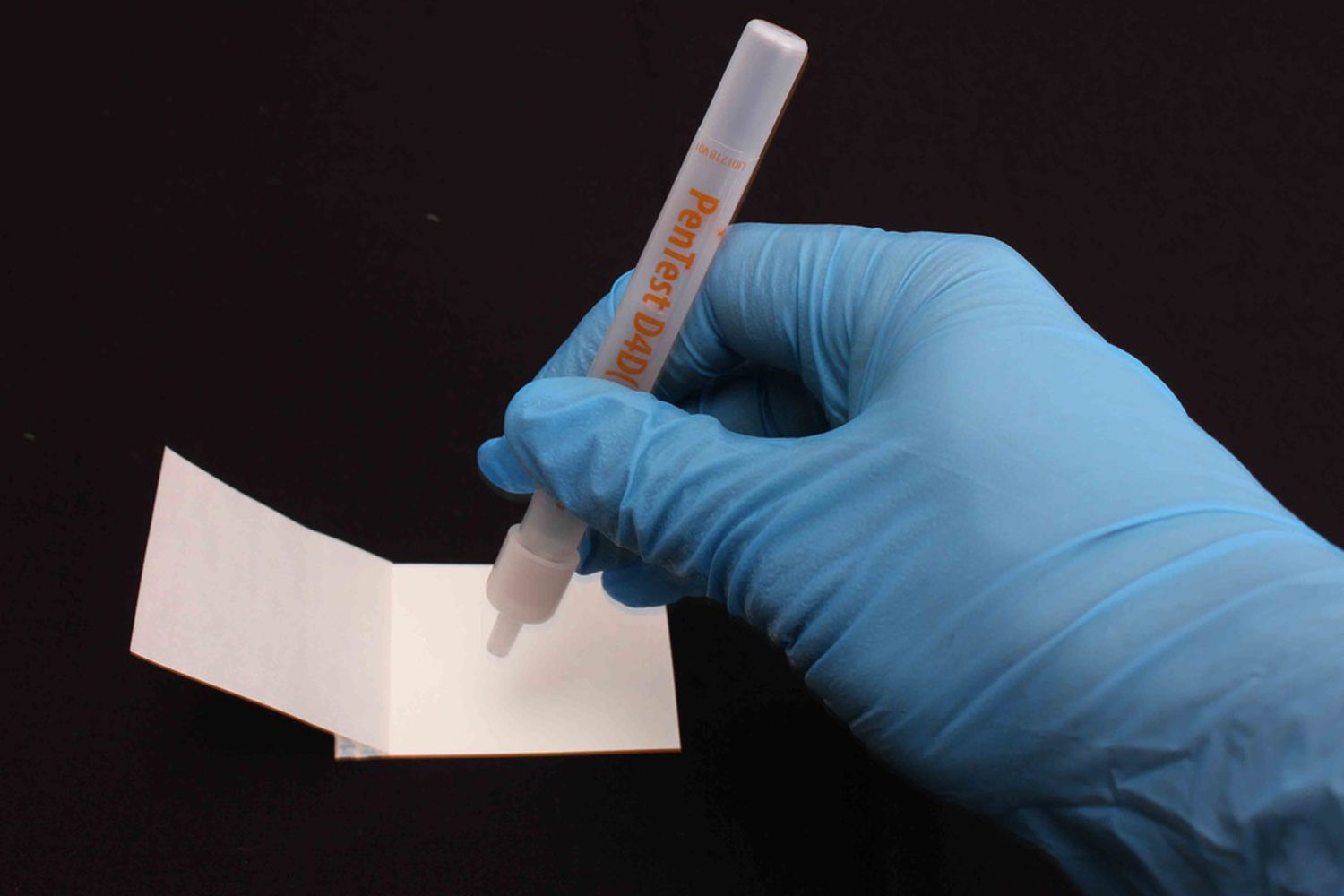A timely reminder for tenants, landlords, and home buyers

A recent case highlights why a) you should test any rental or property purchase prior to signing on the dotted line, b) why landlords should be regularly testing their properties for ice, and c) why you should check whether your home and contents insurance covers contamination by ice.
This case involved a family moving into their new rental home only to find that it had previously been a meth lab. The levels of contamination were so high that not only has the family suffered health issues as a result, but have had to dump many of their possessions that are now contaminated with dangerous levels of meth.
To make matters worst, their insurer has told them that they’re not covered stating, “There is no cover for any loss, cost or liability caused by, arising from or involving pollution or contamination.” Apparently, this includes damage as a result of meth residue created by a previous occupant.
This unfortunate tale occurred in New Zealand where the meth problem is so prevalent that businesses are developing meth-specific policies to reduce their risk. For example, some lenders are denying loans unless there is proof that the property is clean. And insurance companies are removing cover for homes unless they are certified meth-clean, or completely excluding meth-related damage claims, as in this case.
But it’s not just tenants and home buyers who have to be aware of the potential issues of signing up for a meth contaminated home. Landlords are also finding themselves without insurance cover, unless they are carrying out an inspection of the property every twelve weeks.
Insurance advocate Maurice Stilwell explains, “Insurance companies are going to continually change the terms and conditions to meet the market.”
He says avoiding that disappointment is often a case of going through insurance documents in greater detail.
Insurers make sweeping changes relating to meth contamination cover
Australian-owned insurer IAG has told its customers they will have to pay a higher excess for meth-related claims and they won’t be able to claim for contamination of contents.
All of its home-owner policies – not just those for rental property owners – will be affected by the change, increasing the current standard excess from $400 to $2500 for meth claims. In addition, IAG has limited meth-related payouts to a maximum of $30,000.
In a statement IAG said; “This is to ensure homeowners are incentivised to make efforts to minimise losses by doing what they can to protect their homes.” Meth related claims had cost the company $14 million in the last year.
On top of the excess increase, rental home owners will also face an increase in their annual premiums of between $40 and $130.
And IAG are not the only insurer introducing changes to their policies for meth-related cover.
There’s little doubt that Australian insurance companies are following these policy changes with interest as the use of meth continues to increase here in Oz.
What can you do to avoid being caught out?
1. Unless the property is brand-new, ensure that you test a home before agreeing to rent or purchase it. This especially important if the home is of higher risk – has been previously rented, is in a rural location, is obscured from prying eyes, or is in a rundown condition.
Don’t take the word of the owner that it is clean as they may not know or may not want to tell you if it has previously been a meth lab. If a landlord or vendor is not happy for you to carry out swab tests, then ask yourself why.
2. If you are a landlord, check whether your insurance covers you for damage caused by chemical or drug contamination. This may be an optional extra on your policy and may come with conditions such as providing proof that the property is meth-clean before it’s rented.

3. Landlords, include a clause in your Tenancy Agreement to clearly states that the house has been tested and is meth-clean before the occupants move in and that regular testing may be carried out during the course of the tenancy during scheduled inspections and at the end of the tenancy.
Also include in the contract that the tenants will be liable for any costs of further testing, decontamination and remediation of the property if meth is detected during a routine test. Then ensure that you do actually do conduct testing to demonstrate that you’re serious.
Click here for a sample of a Tenancy Agreement clause.
Protect your family and your investment
A Tenancy Agreement clause and regular testing will hopefully act as a sufficient deterrent to your tenants not to use drugs within your property. It doesn’t mean that they won’t use them elsewhere but the goal here is to protect your investment.
For home buyers, don’t take a risk with your families health, your possessions, or your property investment. For less than $250, you can carry out comprehensive, preliminary* testing of a 3 to 5 bedroom home. This pales in comparison to the potential costs of buying or living in a meth contaminated home.
Cleaning and lab testing of a contaminated property could cost you anywhere from $3,000 and $5,000 for a low-level contaminated home, up to tens of thousands of dollars for high levels of contamination.
Is it worth the risk of not carrying out this simple, do-it-yourself test?
For more information on pre-purchase, pre-tenancy or rental property drug testing a property please contact Narcotect on (07) 3040-8033 or info@narcotect.com.au
Or visit our online store for inexpensive, simple-to-use testing kits.
* Preliminary testing provides a positive or negative indication for drug residue contamination. In other words, a presumptive YES or NO. Further, lab verified testing should be conducted to confirm the presence of meth and the concentration level.





